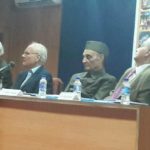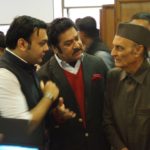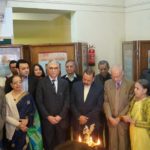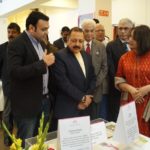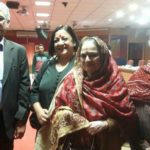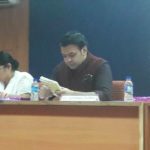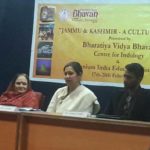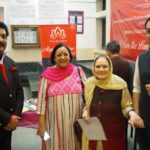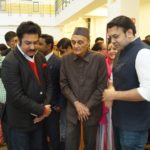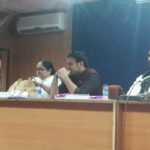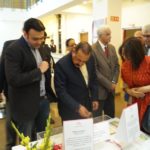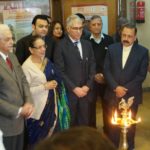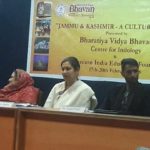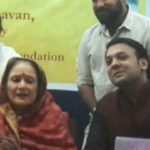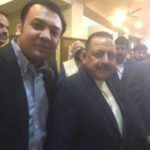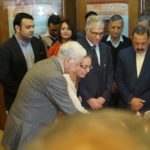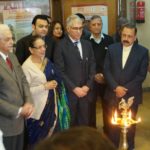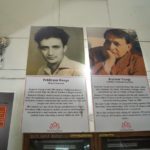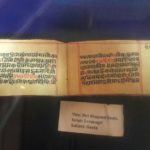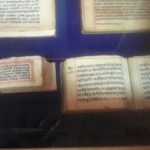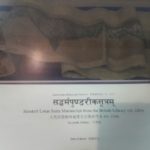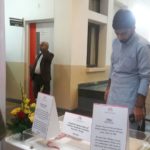Kunwar Viyogi Memorial Trust in collaboration with Centre of Ideology, Bhartiya Vidya Bhavan and Millenium India Education Foundation presented a timeless journey of the cultural heritage of Kashmir, Jammu and Ladakh through an exhibition, seminar/panel discussion, cultural performances/ workshops and documentaries.
Jammu and Kashmir is the crown of India not only by virtue of its geographical location but also by the crowning contributions in all the cultural fields like literature and philosophy, performing and visual arts. The state has nurtured a distinct culture where people belong to diverse social and religious practices- Hindu, Buddhist and Islamic.
Historical evolution of Jammu can be traced back to the descendants of Lord Rama and its heritage goes back to Indus valley civilization.
Dogri folklore is the mainstream of Jammu’s culture. Its songs record historical events and the great tradition of folk dances are performed by Chaiga, Bhangra, Kudd, Phumian and RasLeela. The main school of Pahari miniature paintings in Jammu is Basohli. Sculptures depicting the images of Hindu Gods and goddesses are the marvels that one finds in Jammu region. Its script called Takri was developed from Sharada and Gurumukhi. It was also used to write the languages like Pahari, Garhwali and Dardic.
Kashmir has been the cradle of Indian culture, a land of rishis, philosophers, historians, scholars, monks, pilgrims, artists, rhetoricians and storytellers. The history of Kashmiri language goes back to the Vedic times. Sharada script was used from 7th-8th century AD onwards for writing manuscripts and all kinds of the most important Sanskrit texts and documents. Over the past centuries, it slowly got replaced by Persian and later to Urdu, Devnagari and Dogri scripts.
In 7th-8th century, Kashmir witnessed the culmination of arts and architecture ushering into an era of glory during the kings like Lalitaditya and Avantivarma who built temples, chaityas and monasteries.
Kashmir’s 8th-century paintings survive in Gilgit. Its craftsmen were long famed in Central Asia and Tibet. In the field of performing arts the only extant and complete commentary on Natyashastra is by Abhinavagupta.
Ladakh- the land of lamas and gompas is unique in its culture, religion, ethnicity and topography. The famous festivals of Ladakh are Hemis, Losar, SinduDarshan, MathoNagrang and others where dances play a prominent role.
The seminar covered the following topics
- History and archaeology
- Scripts, languages, literature and philosophy
- Performing arts
- Arts and architecture
- Iconic figures
- Contribution of Jammu and Kashmir to the spread of Indian culture abroad
- Cuisine and crafts
- Event Place : Munshi Memorial Hall, Bhartiya Vidya Bhavan, KG Marg, New Delhi
- Date : 18-02-2018
- Time : 10:00 AM






